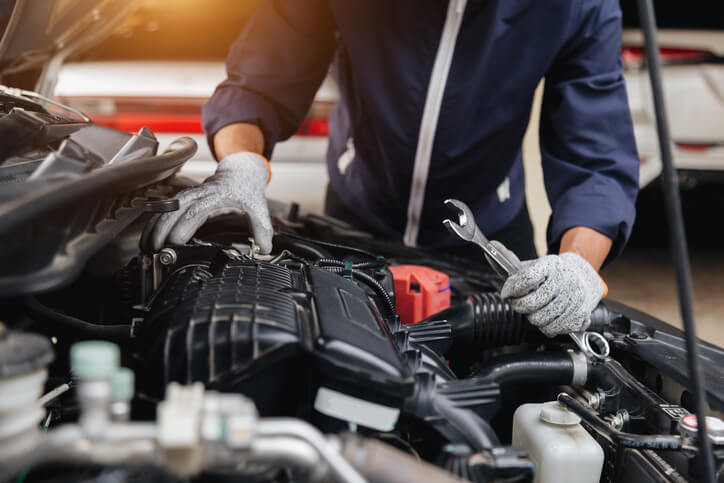Why Understanding Vehicle Aerodynamics Matters More Than You Think in Auto Repair
When most people think about vehicle repairs, they picture oil changes, brake replacements, or engine diagnostics. But as cars evolve, so do the systems that impact how they perform. One area that’s becoming more important, from technician to auto mechanic training, is aerodynamics.
While the concept of aerodynamics might seem more relevant to engineers or race car designers, it’s something every professional technician needs to understand. Poor aerodynamic performance can cause issues that look like mechanical failures but stem from airflow problems.
ATC Cambridge goes beyond the basics to help students understand the full picture, including how air moves around and through a vehicle.
What Is Vehicle Aerodynamics?
Vehicle aerodynamics refers to how air flows over, under, and around a car. A well-designed aerodynamic profile reduces drag (air resistance), improves fuel efficiency, increases stability at higher speeds, and helps with cooling system performance.
Manufacturers use everything from spoilers to underbody panels and grille shutters to control this airflow. And when those components are damaged, removed, or reinstalled improperly, it can affect more than just looks, it can impact how the car drives.

Why It Matters in the Repair Bay
For future technicians, understanding vehicle aerodynamics is about more than theory; it directly affects how you diagnose and repair cars. Here’s why:
If a customer complains about strange noises at highway speeds, decreased fuel economy, or poor handling in crosswinds, the issue might not be with the engine or tires, it could be airflow-related.
Improperly aligned panels, missing underbody shields, or damaged fender liners can cause increased turbulence and drag. And modern aerodynamic features often work in tandem with electronic systems, such as:
- Active grille shutters that open or close based on engine temperature
- Air dams that adjust at speed
- Brake cooling ducts to protect performance components
A trained technician must be able to recognize when airflow is a factor and how to correct it.
How Auto Mechanic Training Prepares You for This
At ATC Cambridge, students in our automotive training program learn to approach each vehicle as a complete system. That includes examining how aerodynamic components interact with suspension, brakes, cooling systems, and fuel efficiency.
In the shop, students gain experience:
- Replacing and aligning panels and underbody components properly
- Identifying drag-related causes of customer complaints
- Diagnosing noise issues tied to airflow
- Understanding how aerodynamic changes can impact system performance
This kind of training doesn’t just prepare students for what’s under the hood, it helps them deliver accurate diagnostics that go beyond surface-level symptoms.

Aerodynamics and EVs: A Growing Priority
As more electric vehicles (EVs) enter the market, aerodynamics is becoming even more important. Without combustion engines to generate heat and noise, EVs rely heavily on aerodynamic efficiency to preserve range, reduce wind noise, and cool components quietly.
Many EVs have sealed underbodies, specialized cooling systems, and streamlined exteriors. For technicians, this means extra attention to detail when removing and reinstalling body panels or diagnosing range-related issues.
Technicians who complete a comprehensive auto mechanic training program with knowledge of aerodynamic principles will be better prepared for these next-generation vehicles and in higher demand.
Building Smarter Technicians for a Changing Industry
Aerodynamics isn’t just an engineering topic: it’s a critical part of automotive service and repair. And at ATC Cambridge, our students are taught to recognize how airflow, design, and modern components work together to support overall vehicle performance.
When you understand how vehicles are designed to function as a system, you can catch problems others miss and become the kind of technician employers trust to get it right the first time.
Are you looking for comprehensive automotive training?
Contact ATC Cambridge for more information.


